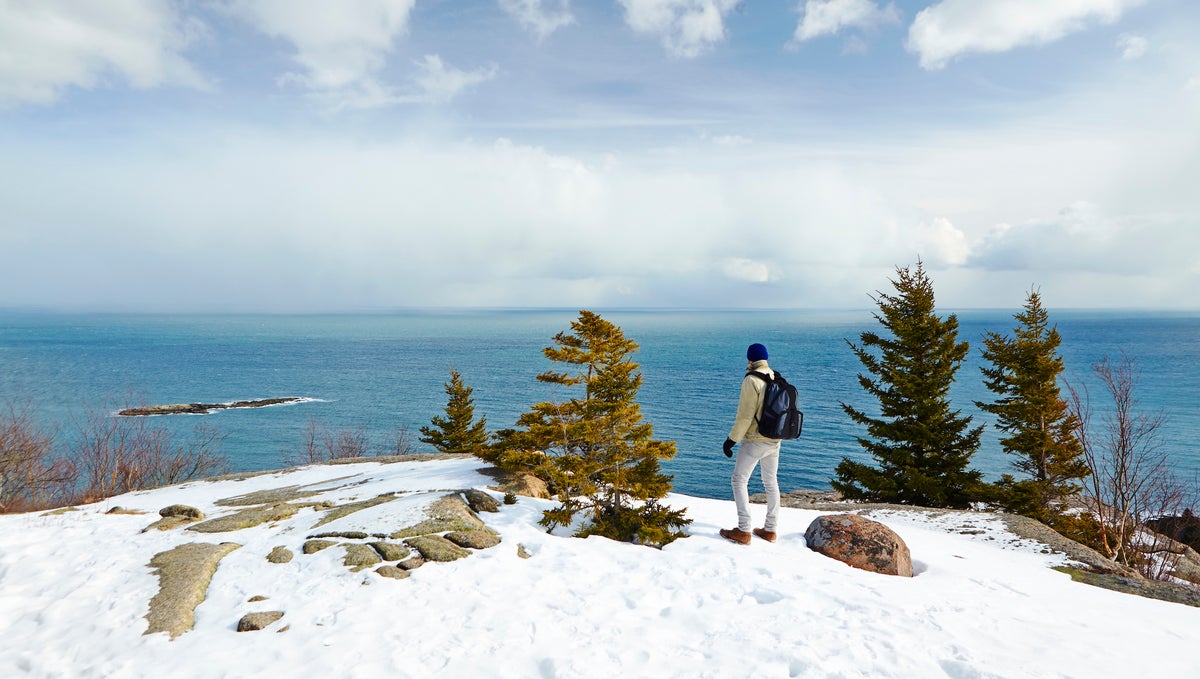
January is always a reality check. It’s a new year, the holidays are gone, and winter is not going away anytime soon. That’s why this month’s roundup of editor’s gear features (mostly) practical gear picks, from an outdoor-worthy baby monitor to a pair of coveralls. It takes dedication to keep living your life outside in January, but our editors are doing just that.
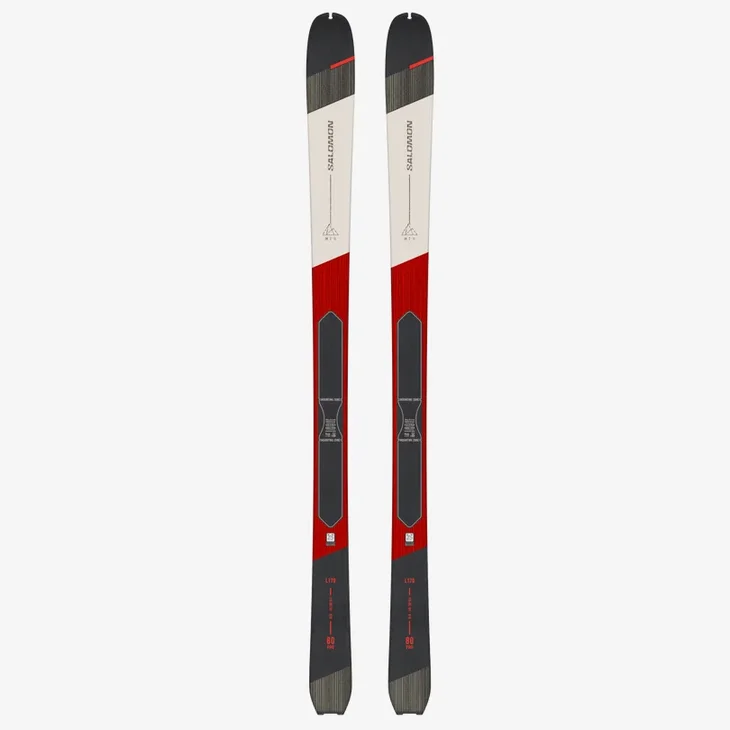
Salomon MTN 80 Pro ($650)
Last winter I signed up for the Grand Traverse, a 40-mile ski-mountaineering race from Crested Butte, Colorado, to Aspen. But I wasn’t ready to go full-on skimo with a spandex singlet and race skis (which are generally 65 millimeters underfoot). I saw the MTN 80 Pro as a compromise—much lighter than my regular touring skis, but still capable of allowing me to actually, you know, ski. And, if I hated skimo racing, I would still have a great ski for couloirs and other backcountry objectives. Not only did the ski live up to my hopes, but I’ve also found it to be my go-to for pre-work inbound laps on groomers. —Matt Skenazy, features editor
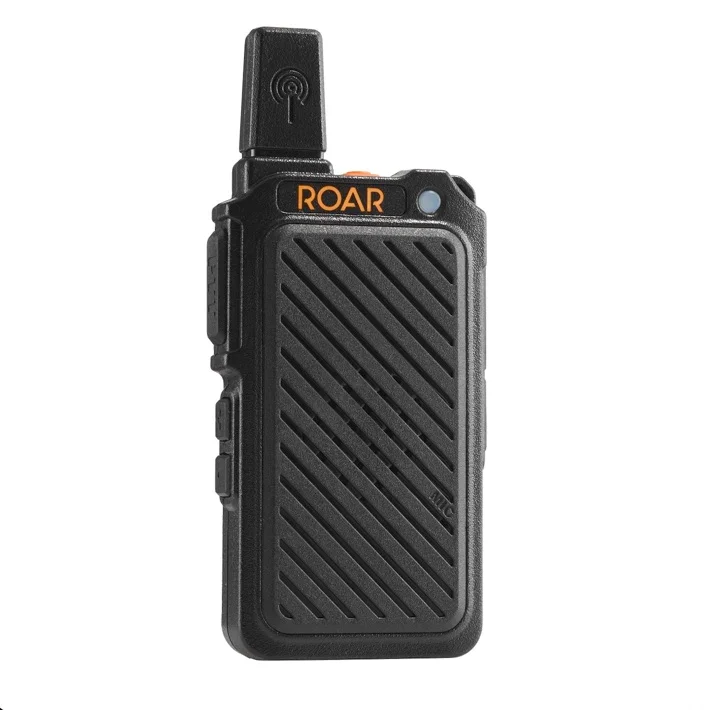
Roar Baby Monitor ($150)
I’ve been testing this cordless baby monitor for a few months now, and have taken it on multiple trips, where I’m away from my son’s usual crib and monitor. Simple to use, they basically function like walkie talkies, except the one by your baby is always on “talk” mode. I just slip the Roar monitor under my 11-month-old’s pack and play, nap tent, or wherever he’s sleeping, and go about my business. With 20 hours of battery life, I find these can make it two or three nights before they need a recharge, and they easily fit into my pocket. I haven’t actually taken them camping yet—it’s cold in New Mexico right now, and winter camping with a baby isn’t my idea of a good time—but in addition to traveling, my husband and I have used them around our farm quite a bit, as we find they transmit through our thick, adobe walls better than some more expensive and high-tech monitors. —Abigail Wise, digital managing director
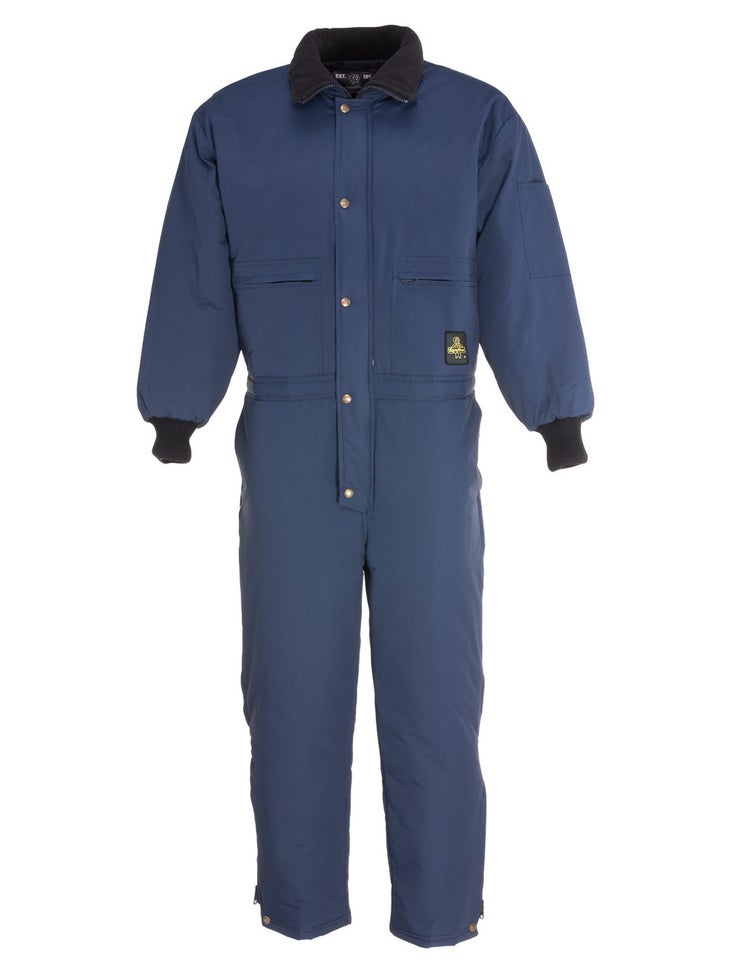
Refrigiwear ChillBreaker Coveralls ($153)
When you live in a freezing climate full-time, a set of coveralls is an absolute must. Putting on pants and a jacket everytime you need to chop wood or play frisbee with the dog? Annoying. And while there are plenty of fancy down coveralls on the market for winter sports and reenacting License to Thrill, few of them are meant for everyday use. The ChillBreaker Coveralls from workwear company Refrigiwear are a burly, utilitarian answer to the fashionable onesie, with a water-resistant Taslon nylon shell and polyester fiberfill insulation. I’ve laid directly on the snow working on my car, hauled bundles of firewood in my arms for a massive bonfire, and played fetch for an hour in single digits wearing these. My favorite features? Pockets up the wazoo, including two oversized ones in the back (and a tool loop on the side) that I used for carrying a hammer, pliers, and a box of nails. Full leg-length, two-way zippers make getting out of this suit a breeze, even over snow boots. It’s not perfect, however. The cost for that abrasion-proof warmth is a bulky fit that makes me look like the Michelin Man, no matter how well I cinch the waist. And despite its zero-degree comfort rating, I’ve found it starts to get chilly below 20 degrees without additional layers underneath. But the biggest bummer is that it doesn’t come with a hood, a major drawback in climates where this coverall is most necessary. —Benjamin Tepler, gear editor
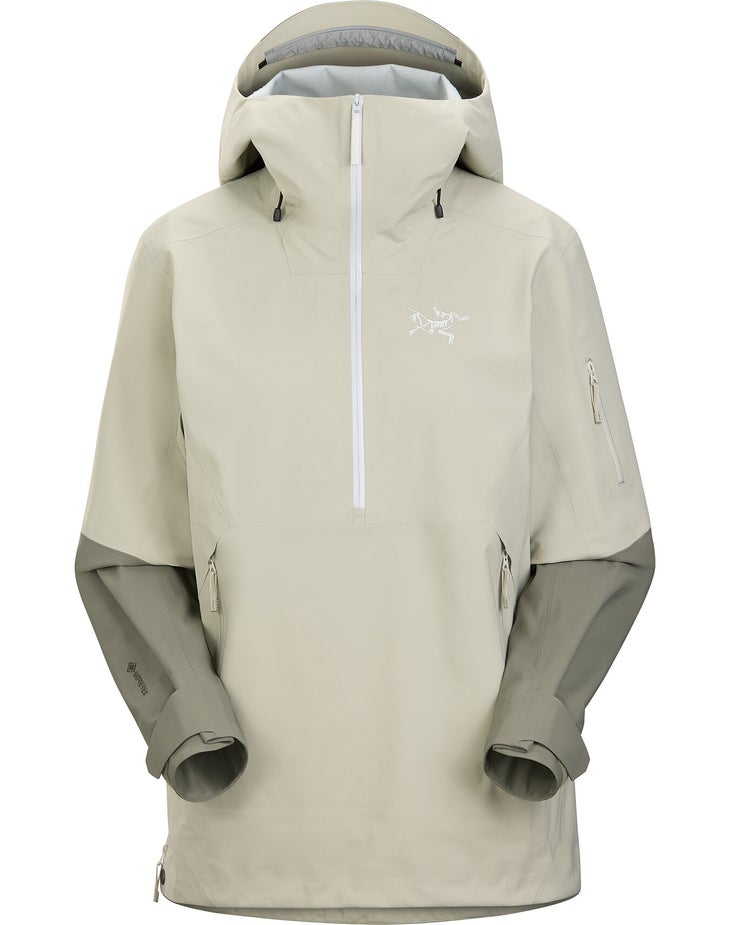
Arc’teryx Sentinel Anorak and Rush Bibs ($700 and $650)
I am very picky about my ski kit. I want trim-fitting pants baggy enough for a beacon and a snack in the pocket; an oversized jacket that covers my butt but doesn’t make me look like I borrowed my boyfriend’s; a muted color that isn’t boring; and enough features to support resort and backcountry use without looking like I’m wearing a fishing vest. I’ve tested a lot of kits, and the Sentinel Anorak and Rush bibs are just what I was looking for. I have them in the Habitat color, an almost-sage pale gray that feels both cute and neutral. I’ve been equally happy with the kit on frigid backcountry tours and sweaty in-bounds hiking laps. The jacket doesn’t quite have the pockets or features to be my go-to backcountry jacket (I’d want easier access to a beacon in a chest harness and chest pockets for a radio), but it works just fine for shorter, more casual missions. I recommend ordering a couple of sizes in both to get the right fit—I wound up in bigger pieces (large jacket, size eight bibs) than I would have usually ordered (I’m typically a small or medium), but I’m really happy with the fit now. —Abigail Barronian, senior editor
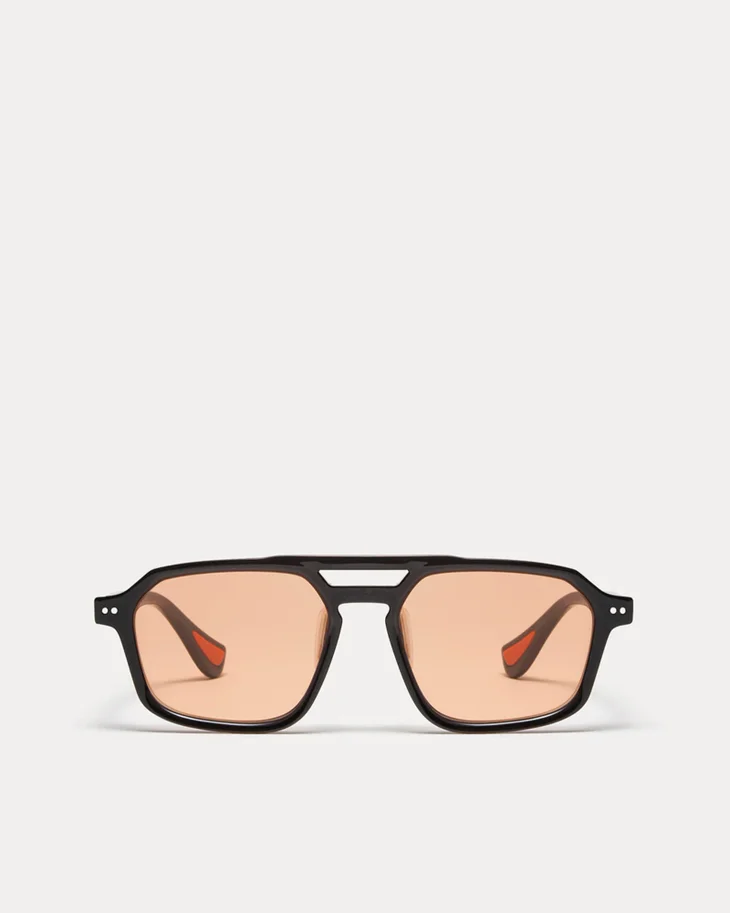
Article One X Mission Workshop Sunglasses ($255)
I’ve worn these almost every day since I got them. They’re light and close-fitting enough to ski tour, hike, and do other sporty activities in, but they also look cool—the platonic sunglass ideal! Also, they have spent an embarrassing amount of time loose in a backpack pocket or sliding around on my truck’s dash and have zero scratches. I have the black/amber color, which has a light orange lens that I have found to be surprisingly effective, even in bright sunlight. —A.B.
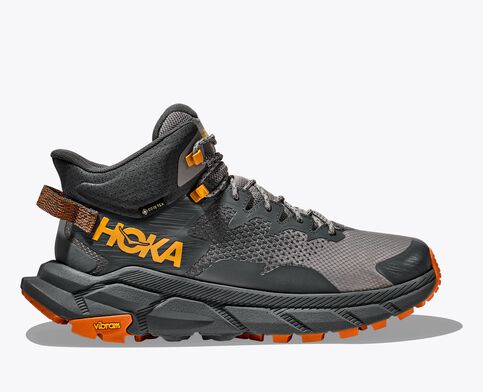
Hoka Trail Code GTX ($185)
I got a pair of these light hikers a few days before heading up to a cabin near Rocky Mountain National Park in Colorado for a family vacation. I ended up wearing them every time I went out the door during our week there, and every day since returning home to the coldest, snowiest January I’ve experienced in 20 years on the high plains of Nebraska. The Gore-Tex-lined Trail Codes have kept me warm, dry, and upright this month, whether hiking on rocky, snowy trails, or shoveling the latest three-foot drift in front of my garage door. The ride is cushioned enough to ease landings while providing firm stability, and the heel-to-toe rolls smooth enough that I’ve comfortably broken into a run in them on occasion—they are Hokas, after all. But they are a boot as well, with a well-padded and smartly designed high-top collar that hugs my ankle supportively and keeps moisture out, but doesn’t impair mobility or irritate my achilles. The Insulation is minimal though: just right when I’m active, but inadequate for hanging out in the cold for long. When I’ve worn them to town, like at a high school basketball game, the ripstop nylon upper is sleek and stylish enough that I don’t feel like I just came off the mountain or a work site, and they clean easily after those rare days last month when snow melted to sticky mud. The aggressive tread grips as well in the mud as on snow, making me feel secure on any surface except slick ice. And I appreciate knowing that the uppers, liner, and laces all are made with recycled textiles. —Jonathan Beverly, senior editor
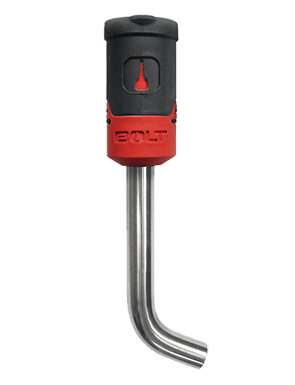
Bolt Locks (from $25)
Between testing trailers for Outside; using hitch-mounted bike and storage racks; towing a horse trailer and my 2005 Airstream; I use my truck’s hitch a lot, and often have valuable stuff hanging off it. In the past, that meant using a lot of different locks, and a keyring that would put a janitor to shame. To solve that issue, I’ve recently been using Bolt Locks—they make really sturdy locks of all kinds (including bike locks) that can all be keyed to the same key as your vehicle, meaning you don’t need to have any extras on you. When you unpack the lock, you simply insert your car’s ignition key and turn it once to set it, and you’re good to go. I’ve been using the ⅝-inch Receiver Lock, Trailer Coupler Lock, Padlock and Cable Lock for a while now, and can not overemphasize how much simpler they’ve made my life. If you tow often or have a lot of stuff to lock up, do yourself a favor and get some of these.
— Bryan Rogala, video host and writer
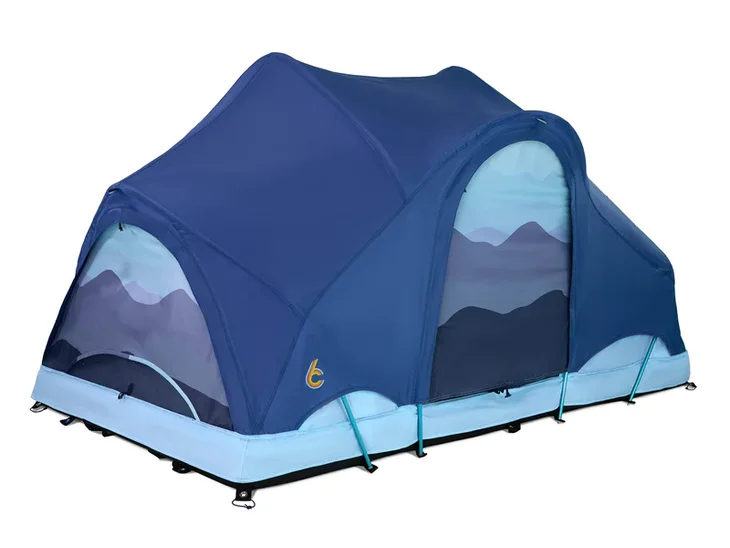
C6 Outdoors Rev Tent ($799)
Two major benefits of a rooftop tent (RTT) are the comfortable, built-in mattress, and eliminating the need to find a level, dry spot to pitch a tent on the ground. Unfortunately, RTTs are usually also insanely heavy and wreck your vehicle’s gas mileage. Enter the versatile REV TENT from C6 Outdoors, which fixes a lot of those problems by ditching the built-in platform, which allows the tent to be mounted directly to a platform roof rack, pitched in the bed of a truck, or even on the ground as a regular tent. Most overlanders already have a platform rack on the roof, so there’s no reason to add another heavy, built-in platform to the tent. That helps the Rev Tent keep its weight to a mere 25 pounds, so you can easily take it on and off your roof by yourself, store it easily, or just use it as a normal tent. The four-inch memory foam mattress is wonderfully comfortable, and the tent material was very durable and comfortable in cold, windy conditions during testing. —B.R.
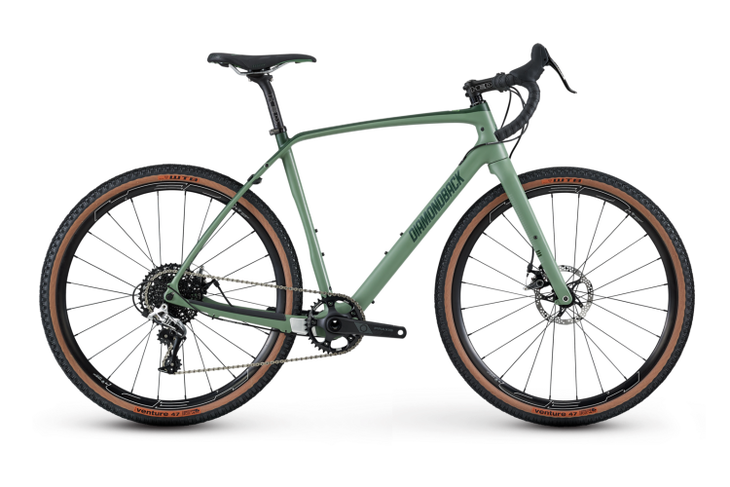
Diamondback Haanjo 6C ($2550)
I’m a long-time mountain biker with an affinity for singletrack, but discovered the joy of riding gravel roads while bikepacking the Colorado Trail several years ago. The wilderness bypass sections of the route were some of my favorite parts of the ride, and it was then I realized it might be time for a gravel bike. I’ve recently been riding the Diamondback Haanjo 6C which, in my estimation, is one of the best bang-for-the-buck gravel bikes out there. For $2550, you get a full carbon frame, 1×11 SRAM Rival drivetrain, HED Tomcat rims and 650 x 47 millimeter WTB Road Venture Plus tires to smooth out the ride. The bike is versatile, too, and lets you easily swap out road rims and 700 x 37 millimeter tires if that’s your jam. For me, having a lightweight, Swiss Army knife of a road bike with a carbon frame I can take on gravel rides from the house or use in the occasional local race, all for $2550, is a dream come true. —B.R.

686 Everywhere Jogger Pant ($100)
I did not understand joggers until I became a dad—or, more specifically, until I became a work-from-home dad during a global pandemic. Over the past few years I’ve fully converted to the lifestyle of wearing comfortable drawstring pants that I can work in, parent in, cook in, stretch in, and run in. I’ve tried pairs from many different brands, but my favorite, do-it-all pair is the Everywhere Jogger from 686. They strike just the right balance between utility and comfort. They’re thicker than the other joggers in my arsenal, which means they can be worn in colder temperatures, but they’re not so thick that they’re not breathable when temps climb (they also offer UPF 40 protection). The DWR finish is an especially nice touch when you’re on a wet run, or your toddler spills on you. Two zipper pockets secure valuables like your phone and wallet, while five others give you plenty of room for toys, snacks, and keys. The nylon-spandex blend has nary a scratch after months of abuse, but is still plenty flexible for quick yoga sessions. Because of these pants, I now have to force myself to wear “real” pants when the occasion arises—which happens less and less these days. —Will Taylor, gear director
The post The Gear Our Editors Loved in January appeared first on Outside Online.
